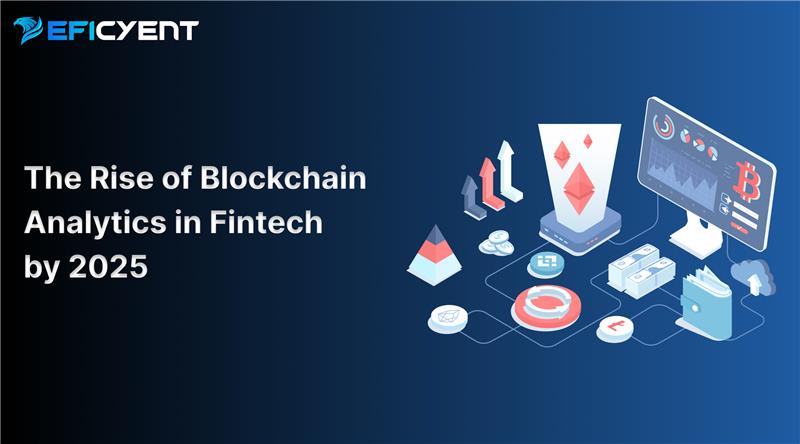Alphatrize blockchain data dashboard 2025

Annual growth in blockchain data analytics is projected to reach 30% by 2025. Companies need to leverage Alphatrize’s Blockchain Data Dashboard to stay ahead. This platform offers real-time insights, enabling data-driven decisions that enhance operational efficiency and strategic planning.
Utilizing detailed analytics, organizations can identify key trends in user behavior and transaction volumes. Incorporating predictive modeling tools allows businesses to anticipate market fluctuations, positioning them advantageously against competitors. Regular engagement with dashboard analytics paves the way for faster response to changing consumer demands.
Prioritize setting up custom alerts for critical metrics on the dashboard. Actively monitor transaction anomalies and network performance to enhance security measures and reduce risks associated with data breaches. By fostering a culture of continuous monitoring, companies can strengthen their resilience in a rapidly shifting market.
Engage team members in training sessions to ensure everyone can interpret the data correctly. Empowering employees with analytical skills maximizes the value derived from insights, driving innovation and enhancing overall productivity within the organization.
Analyzing Key Performance Metrics for Blockchain Projects
Monitor transaction speed as a primary indicator of project performance. Faster transaction rates typically enhance user satisfaction and attract more participants. Aim for speeds that align or exceed industry standards, which currently hover around a few seconds per transaction.
Evaluate user engagement metrics next. Track active addresses, transaction frequency, and unique users to assess how well the project retains its audience. High engagement indicates a strong community support, whereas a decline may signal potential issues.
Transaction Volume and Value
Consider both transaction volume and value to gain comprehensive insights. High transaction volume suggests market activity, while value reflects the economic impact. Analyze patterns over different time frames–daily, weekly, and monthly–to identify trends and potential growth opportunities.
Benchmark against similar projects to contextualize your findings. Knowing your competitors’ performance helps in identifying strengths and weaknesses, driving strategic improvements.
Security Metrics
Assess the project’s security metrics, including incidence of breaches and the average response time to security incidents. A track record of robust security increases trust and encourages adoption. Regular audits and transparent reporting on security posture should support ongoing evaluation.
Integrate these metrics into a cohesive dashboard for real-time insights. By synthesizing transaction speed, user engagement, transaction metrics, and security, stakeholders obtain a clear picture of the project’s health, enabling timely adjustments and strategic planning for future growth.
Leveraging Real-Time Data for Strategic Decision Making
Utilize real-time data analytics for immediate insights that directly inform your strategic decisions. Employ tools like the alphatrize dashboard to monitor key performance indicators continuously. Tailor your data collection to relevant metrics, allowing for agile responses to market shifts.
Enhancing Market Responsiveness
Analyze customer behavior trends as they happen. Real-time data provides feedback on customer preferences, enabling swift adjustments to marketing strategies and product offerings. Adjust pricing dynamically based on current demand and competitor pricing to maintain an edge.
Improving Operational Efficiency
Streamline operations by monitoring supply chain metrics continuously. Identify bottlenecks or delays and react promptly to maintain flow. Leverage predictive analytics to foresee potential disruptions, allowing for proactive measures rather than reactive fixes.
Integrating AI Tools for Enhanced Data Visualization
Utilize AI-driven analytics platforms that automatically generate visualizations based on your blockchain data. Tools like Tableau and Power BI incorporate machine learning algorithms, making it easy to identify trends and patterns without manual intervention. These platforms can suggest the best visualization types for your data sets, streamlining the decision-making process.
Dynamic Data Representation
Leverage AI to optimize real-time data visualization. Incorporate platforms like D3.js if you’re working with custom web dashboards. These tools allow for dynamic changes based on incoming data, providing a more interactive and engaging experience for users. Implementing features like predictive analytics can highlight potential future trends, allowing stakeholders to make informed decisions quickly.
User-Centric Design
Integrate user feedback mechanisms powered by AI to enhance usability. By automatically analyzing user interactions, AI can suggest modifications to your dashboards, ensuring that the visualizations stay relevant and informative. Customizable dashboards allow users to choose what metrics are visible, supported by AI recommendations based on usage patterns. This level of personalization increases user engagement and satisfaction.
Video:
Safeguarding Crypto: Advanced Cybersecurity Insights for 2025 | ViVi Blockchain & Crypto Analysis
Safeguarding Crypto: Advanced Cybersecurity Insights for 2025 | ViVi Blockchain & Crypto Analysis 11 minutes, 20 seconds


